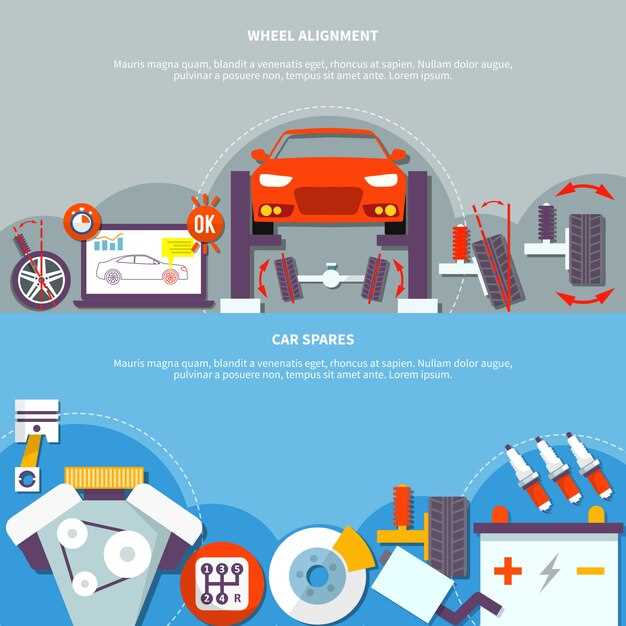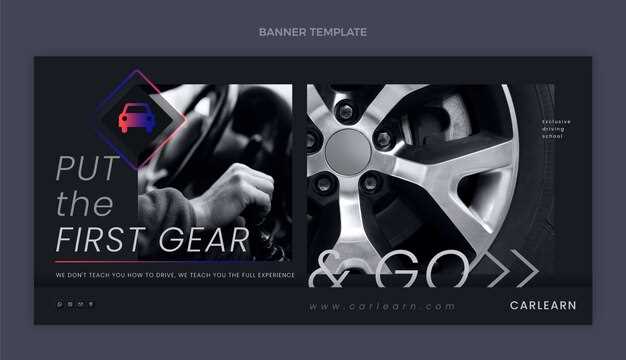
Maintaining your Toyota’s performance is crucial for a smooth driving experience, and one of the key aspects of vehicle maintenance is wheel alignment. Proper alignment ensures that your wheels are positioned correctly, allowing for optimal contact with the road. When wheel alignment is off, it can lead to a range of issues that affect not only the performance of your vehicle but also your safety on the road.
There are several signs that indicate your Toyota may require a wheel alignment. If you notice uneven tire wear, your vehicle pulling to one side, or a steering wheel that is not centered when driving straight, these are clear indicators that an alignment is necessary. Ignoring these symptoms can lead to more severe problems and increased costs down the line.
In addition to behavioral changes in your Toyota, watch for unusual vibrations in the steering wheel, which can signal misalignment. Promptly addressing these signs with a professional alignment service will not only enhance your vehicle’s handling but also extend the lifespan of your tires, ultimately saving you money and ensuring a safe driving experience.
Uneven Tire Wear Patterns on Your Toyota Tires

Uneven tire wear is a clear indication that your Toyota may need a wheel alignment. When your tires show signs of irregular wear, it not only affects the performance but also compromises safety and longevity. Understanding the different patterns can help you identify the need for realignment early on.
Common patterns include cupping, where the tire develops high and low spots, often caused by misalignment or worn suspension components. This leads to a bumpy ride and increased road noise. Another pattern is excessive wear on the inner or outer edges of the tire, which typically indicates alignment issues or improper inflation. If you notice center wear, it may suggest over-inflation or improper balancing.
Regularly inspecting your Toyota tires for these uneven wear patterns is crucial. If you observe any signs, it is advisable to schedule a wheel alignment service. Addressing these issues promptly can extend the life of your tires and maintain optimal driving performance.
Your Toyota Pulls to One Side While Driving
If you notice that your Toyota pulls to one side while driving, it is a clear indication that your alignment may be off. This not only affects your driving experience but can also pose safety risks. When your alignment is incorrect, the tires on your vehicle are not making contact with the road evenly, leading to uneven wear and tear on the tires.
Driving with misaligned wheels can result in a significant loss of control, making it more difficult to steer and maintain a straight path. Additionally, if you find yourself constantly adjusting the steering wheel to keep your Toyota straight, this is a strong sign that a wheel alignment is needed.
It’s essential to address this issue promptly. Ignoring it can lead to further degradation of your tires, resulting in the need for costly replacements. A professional alignment service can help correct the issue, ensuring that your Toyota drives smoothly and that your tires wear evenly.
Your Steering Wheel is Off-Center After a Turn

Experiencing an off-center steering wheel after making a turn is a clear indicator that your Toyota may require a wheel alignment. When your vehicle’s alignment is off, it can lead to uneven tire wear and affect steering precision. This issue is particularly noticeable if your steering wheel does not return to the center position after turning, which can compromise your driving comfort and safety.
During a proper wheel alignment, technicians adjust the angles of the wheels to ensure they are parallel to each other and perpendicular to the ground. Misalignment can cause the steering system to be misaligned, resulting in the steering wheel being off-center. If you find yourself correcting the steering wheel frequently to drive straight, it’s time to address the alignment of your Toyota.
Ignoring this warning sign can lead to further complications, such as increased tire wear and reduced handling performance. If your steering wheel feels off-balance or is tilted after a turn, consult a qualified technician to assess your wheel alignment and ensure your vehicle operates safely and efficiently.
